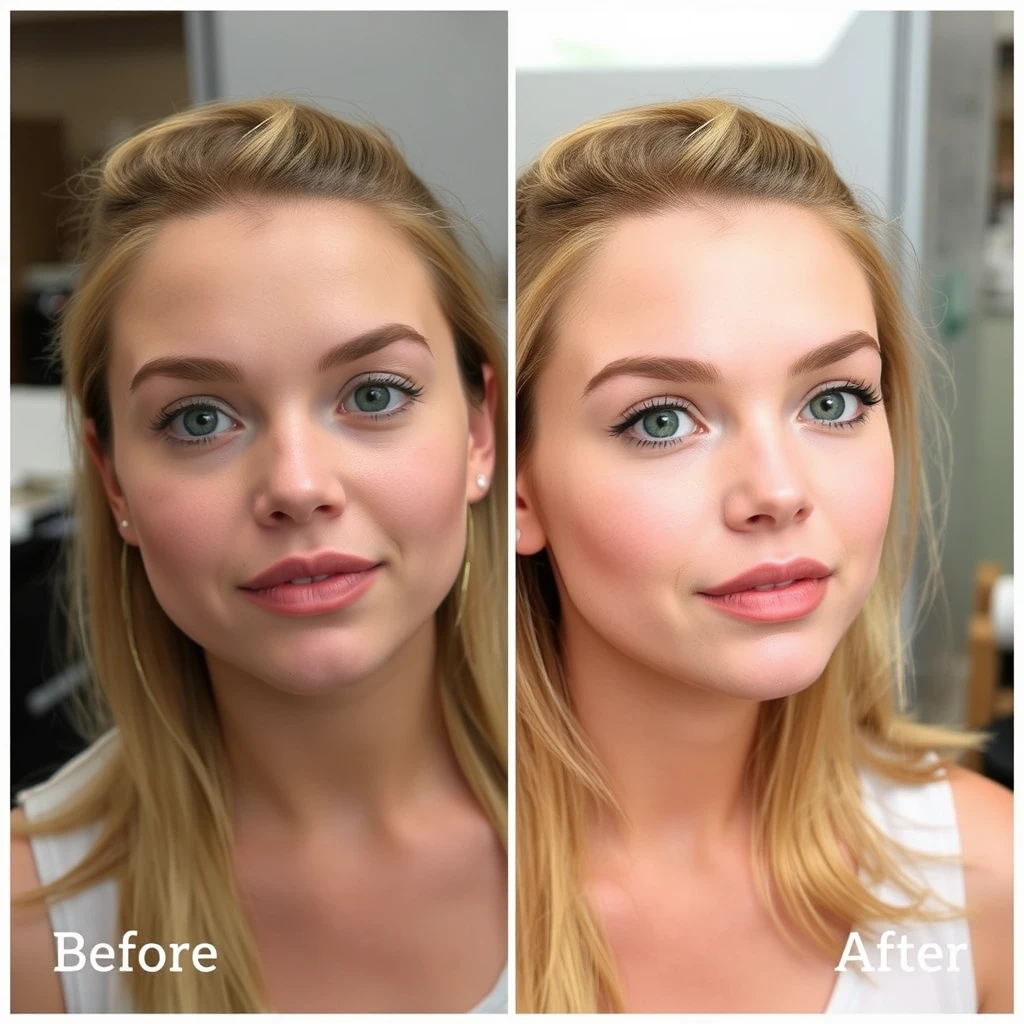Mastering Color Correction
Learn how to perfect the colors in your images for stunning, professional results.
Understanding Color Theory
Before diving into color correction techniques, it's crucial to understand the basics of color theory. Colors can evoke emotions, set moods, and convey messages. The color wheel is an essential tool for understanding color relationships.
The color wheel shows the relationships between primary, secondary, and tertiary colors. Understanding these relationships is key to making informed decisions when correcting colors in your images.
Common Color Correction Techniques
- White Balance Adjustment: Ensuring that white objects appear truly white in your image.
- Exposure Correction: Adjusting the overall brightness of your image.
- Contrast Adjustment: Enhancing the difference between light and dark areas.
- Saturation Control: Increasing or decreasing the intensity of colors.
- Hue Shifting: Changing the overall color cast of an image.
Step-by-Step Guide to Color Correction
- Assess the Image: Look at your image critically. Identify areas that need improvement in terms of color.
- Adjust White Balance: Use the white balance tool to ensure neutral colors are truly neutral.
- Correct Exposure: Adjust the overall brightness of the image to ensure it's neither too dark nor too bright.
- Fine-tune Contrast: Enhance the difference between light and dark areas to add depth to your image.
- Adjust Saturation: Increase or decrease color intensity to achieve the desired mood.
- Make Local Adjustments: Use masks or selective editing tools to make changes to specific areas of the image.
- Review and Refine: Step back and look at your image as a whole. Make any final tweaks to perfect the overall look.

Advanced Color Correction Techniques
- Color Grading: Adding a specific color theme to create a mood or style.
- Split Toning: Adding different colors to the highlights and shadows of an image.
- Selective Color Adjustment: Changing specific color ranges without affecting others.
- Using Curves: Making precise adjustments to color and tone using curve adjustments.
Tips for Effective Color Correction
- Always work on a calibrated monitor for accurate color representation.
- Use non-destructive editing techniques to preserve your original image.
- Take breaks to rest your eyes and maintain a fresh perspective.
- Compare your edited image with the original to ensure you're improving, not overdoing.
- Consider the intended use of the image (web, print, etc.) when making color adjustments.
Interactive Color Correction Demo
Use the sliders below to adjust the color properties of the sample image:
